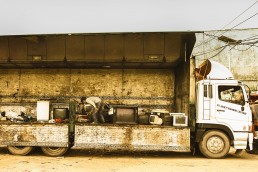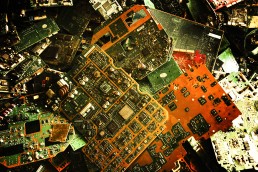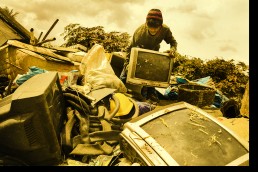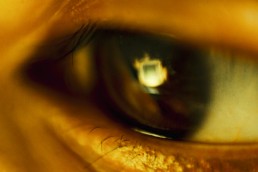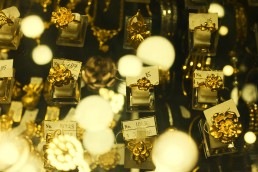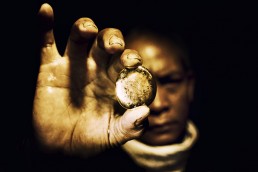Dirty For Glory
DIRTY FOR GLORY
Muhammad Adimaja, Antara Foto
According to a research conducted by United Nations University, the number of electronic waste in 2018 is estimated to be 49.8 million tons with 4-5% global growth rate per year. As the central industry as well as market for electronic goods, Asia became the largest producer of electronic waste from 2010 to 2015.
The issue of electronic waste should not be taken lightly. As a megapolitan, office buildings in Jakarta are in need of a large number of electronic goods. The rising number of workers and the citizens’ consumerism also add to the demand for electronic products.
Unwittingly, the three factors mentioned above bring up a new problem, namely the increase of waste from the use of the electronic goods. Dinas Lingkungan Hidup – the government’s environmental agency – Jakarta, collected 2.87 tons of electronic waste in 6 months. The waste
will then be recycled or destroyed. It should be noted that this number does not include electronic waste thrown into garbage disposals or taken by garbage collectors.
Electronic waste found in garbage disposals or gathered by garbage collectors have contributed to the emergence of city miners or e-waste scavengers. There are a number of substances that can be found in electronic waste, such as precious metals, toxic material, and plastic. While these metals can be processed into silver, platinum, and gold with economic value, the rest of them may cause an environmental hazard if not properly processed.
The gold within electronic waste substances is the main motivation for these e-waste scavengers or city miners to collect electronic waste such as televisions, cellphones, and computer hardware. Gold is known to be a strong electricity conductor. According to a report published on Wired, a cellphone unit contains around 0.2 grams of gold which can be extracted from SIM card, logic board, and other components behind the LCD screen.
A city miner from Pondok Labu, South Jakarta, often mines in the garbage disposals and participates in electronic goods auction held by companies. The miner will then extract valuable components from the waste, then process the components into precious metals.
Unlike regular gold miners, these city miners’ process of extracting gold is quite different. It takes 2-3 days to extract 99.9% of pure gold from the substances contained in the electronic waste. The process begins with combusting the waste to separate the unusable substances from the usable metal. The metal is then smelted and purified to get the 99.9% pure gold. This process is quite dangerous as it involves using various hazardous chemicals that may cause health problems, namely borax, acid, chloride, and hydrogen peroxide. The pure gold extracted from the components will be processed into jewelries afterward.
Darmin (pseudonym), one of the miners who process gold from electronic waste in Jatinegara, Jakarta Timur, explains that the gold from electronic waste also has a high economic value reaching hundreds of millions rupiah. The value depends on how much money is spent to get the electronic waste itself. The more electronic waste components are extracted, the heavier the gold.


